
AeroGenie: il tuo copilota intelligente.
Tendenze
Categories
Boeing’s Progress on 777X Production
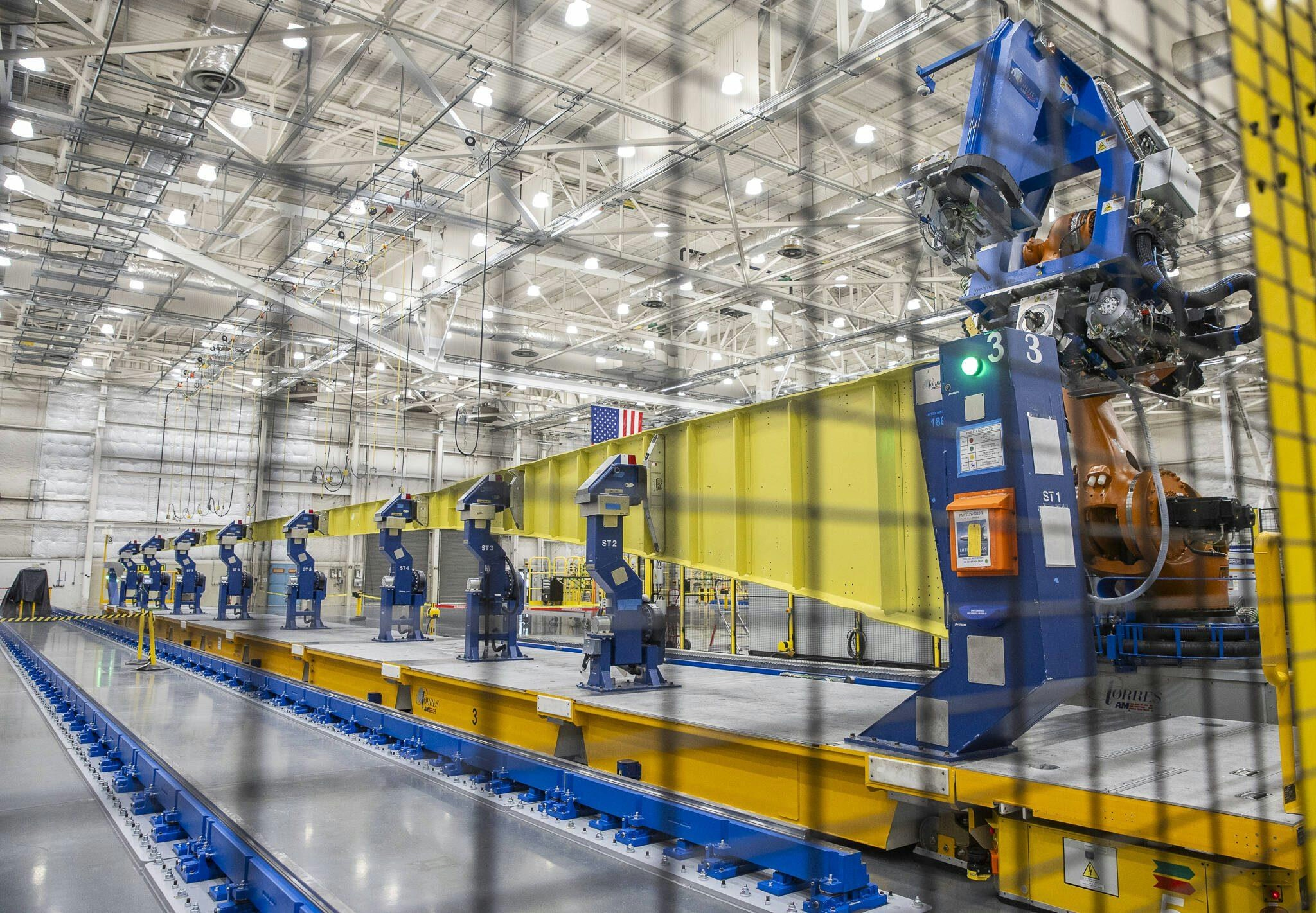
Boeing’s Progress on 777X Production
Boeing, established in Seattle in 1916, has long been a cornerstone of innovation and reliability within the aviation industry. Its aircraft, from the groundbreaking 707 to the iconic 747 and the widely used 737, have significantly influenced commercial aviation over the decades. However, the company’s reputation has faced considerable challenges in recent years, particularly following the 737 MAX crisis and subsequent manufacturing delays that have affected several programs, including the highly anticipated 777X.
Development and Challenges of the 777X Program
Launched in 2013, the Boeing 777X represents the latest advancement in the 777 long-range widebody family. Designed to succeed the popular 777-300ER, the 777X aims to deliver a 20% reduction in fuel consumption and emissions, alongside a 10% decrease in operating costs compared to competing long-haul aircraft. Its innovative design also reduces airport noise by 40%, enhancing its environmental credentials.
Despite these promising features, the 777X program has encountered persistent obstacles. Structural test failures, engine complications, and evolving certification requirements have repeatedly delayed progress. The first flight of the 777-9 variant occurred in January 2020 at Boeing’s Everett, Washington facility, yet the aircraft remains in the testing phase, having completed over 1,200 flights and 3,500 flight hours. Originally slated for delivery earlier this decade, the first customer handover is now anticipated in late 2027.
These delays have imposed significant financial burdens on Boeing. The company has faced approximately $5 billion in late delivery penalties, with analysts from J.P. Morgan warning of a potential additional $4 billion charge related to ongoing 777X setbacks. The financial strain is further intensified by pressure from airline customers, some of whom have explored alternative options amid uncertainty over delivery timelines.
Market Demand and Aircraft Specifications
Despite the challenges, demand for the 777X remains strong, particularly among Middle Eastern carriers. In 2025 alone, airlines from this region have placed 194 orders for Boeing’s widebody jets. Emirates, a long-standing Boeing customer, reaffirmed its commitment to the program by ordering 65 Boeing 777-9 aircraft at the Dubai Air Show, signaling confidence despite production difficulties.
The 777X family is distinguished by its size and efficiency. The two primary passenger variants, the 777-8 and 777-9, rank among the largest in the widebody category. The 777-8 accommodates 395 passengers in a two-class layout and offers a range of 8,745 nautical miles (16,190 km). The larger 777-9 seats 426 passengers and has a range of 7,285 nautical miles (13,500 km). Both models feature an expansive wingspan exceeding 235 feet (71.75 meters) with extended wingtips and a length of 251 feet, 9 inches (76.72 meters).
As Boeing continues to address certification and production challenges, the 777X remains a pivotal program for the company’s future. While delays have tested both customer patience and Boeing’s financial resilience, sustained demand from major international carriers underscores enduring confidence in the next generation of Boeing’s widebody aircraft.
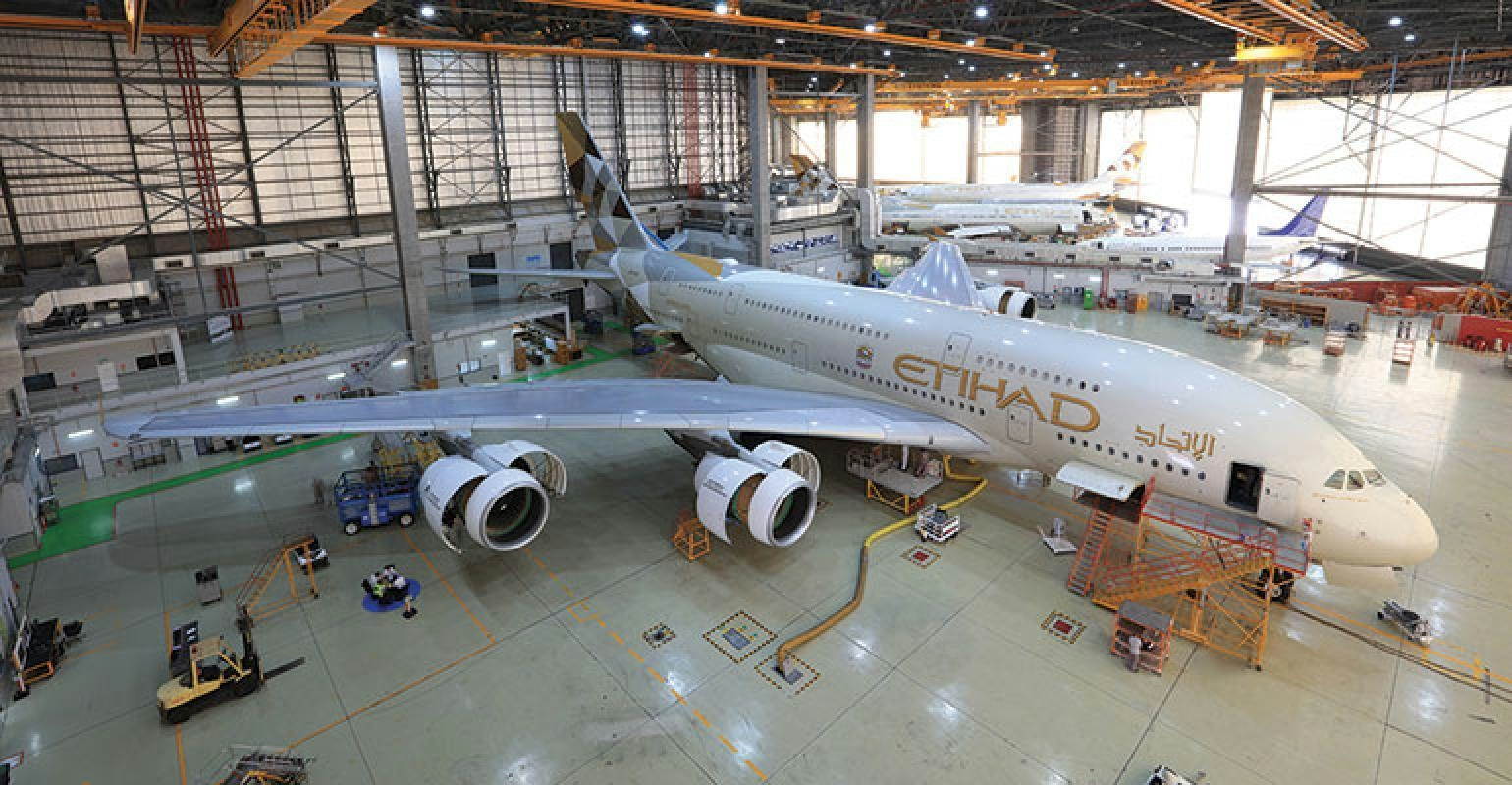
Etihad Airways’ Airbus Widebody Expansion Supports UK Manufacturing
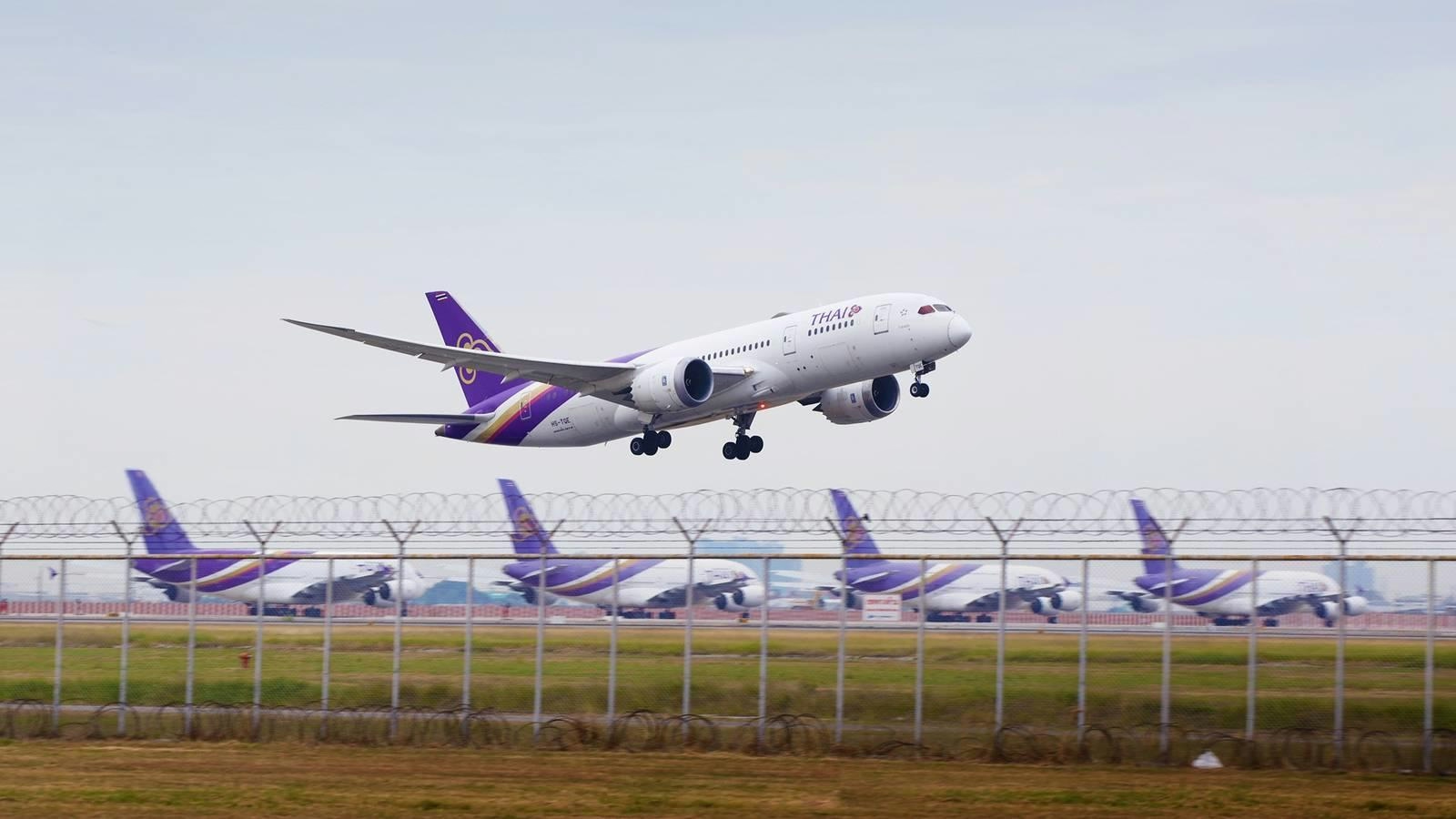
Thai Airways seeks more widebodies to develop its hub strategy
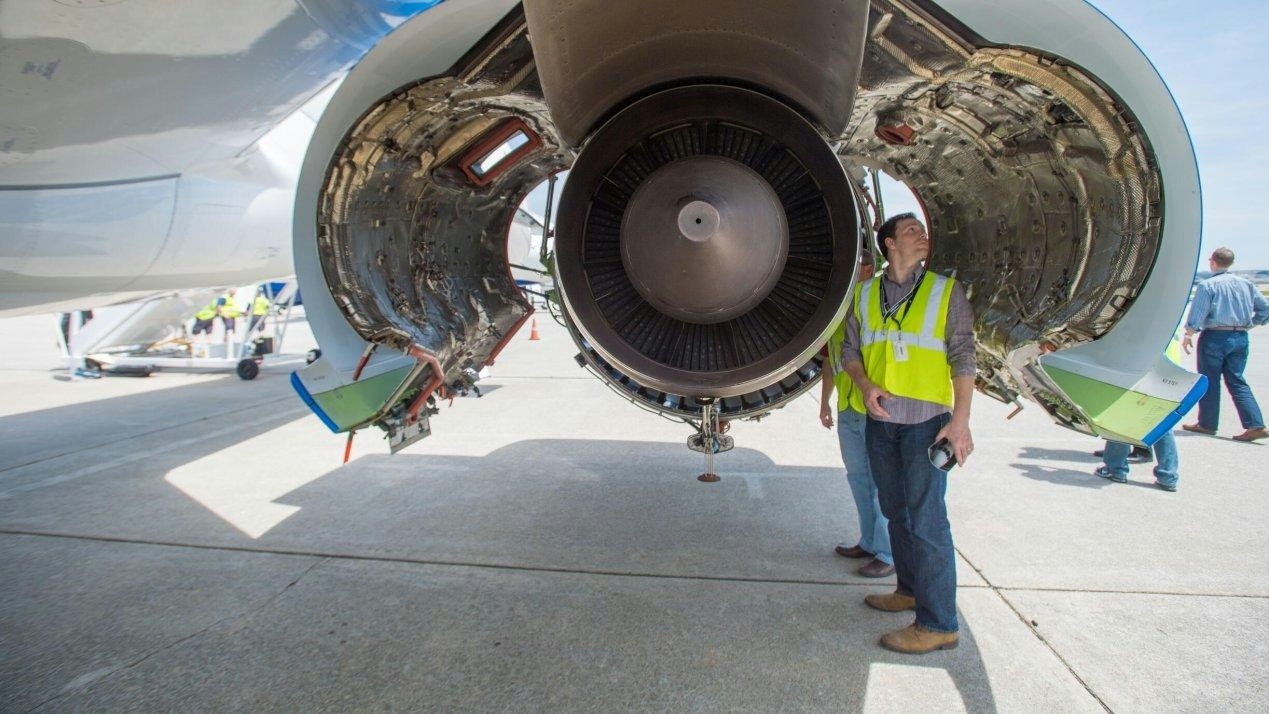
Engine Shortages Pose Major Challenge for Airbus A220
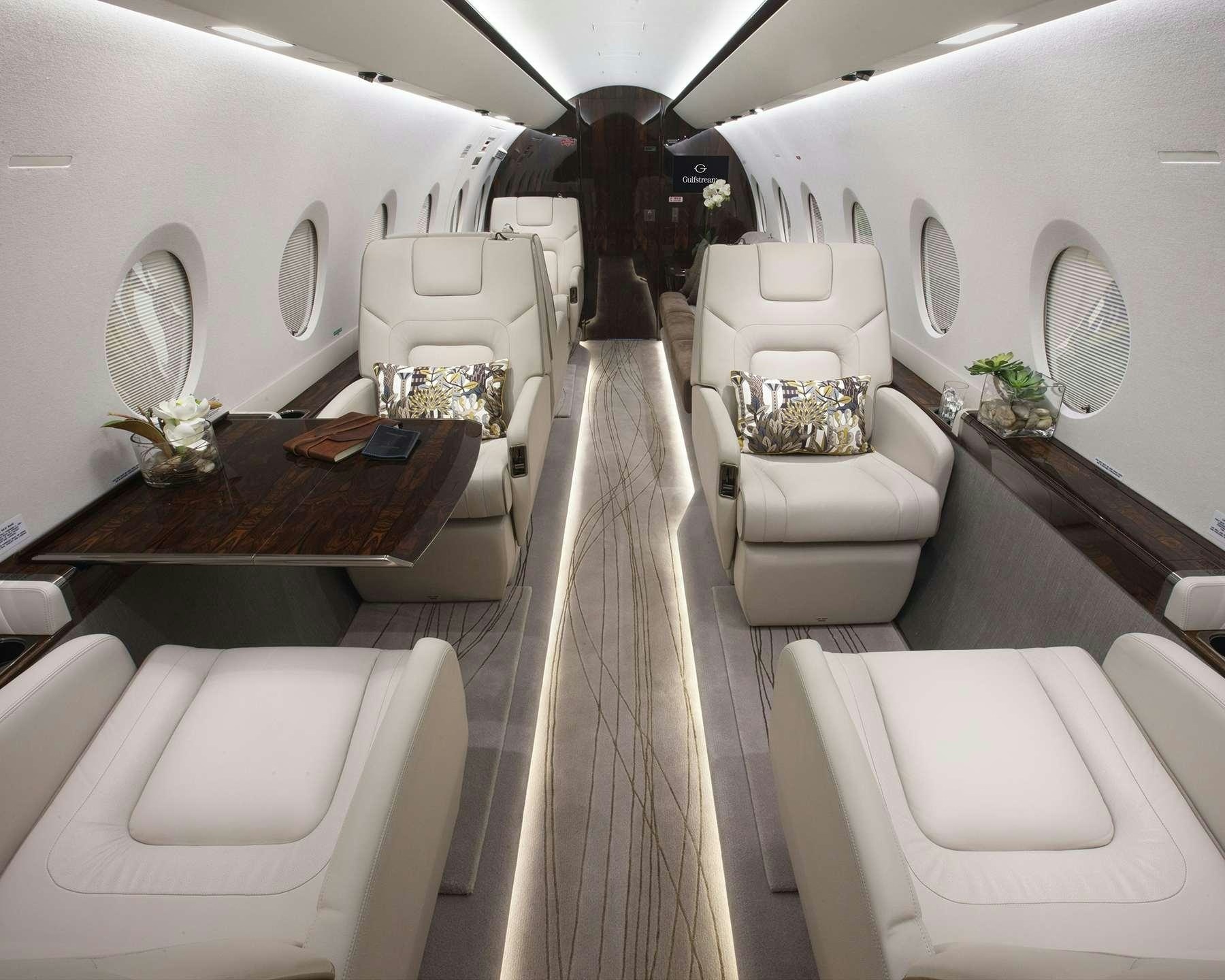
TLC Jet to Acquire Private Aviation Operator Privaira
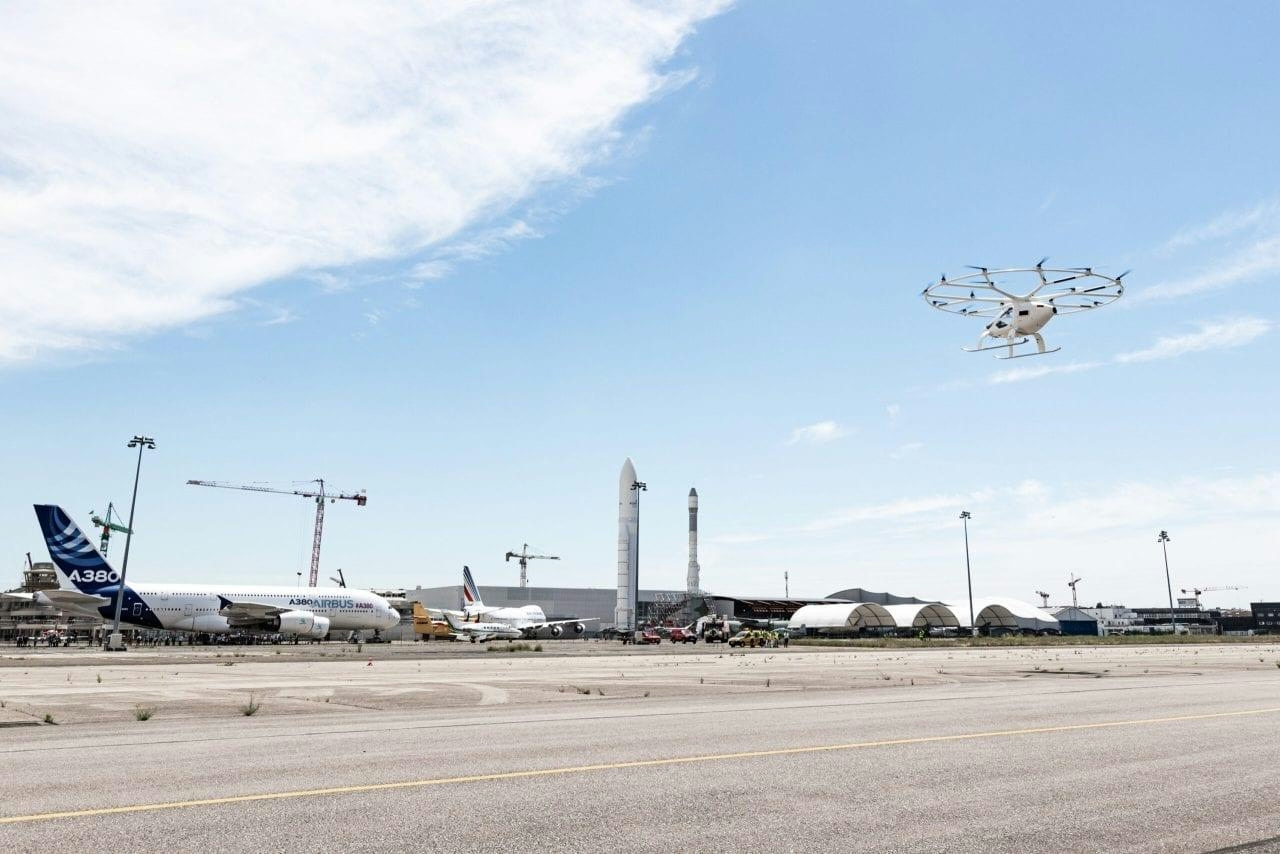
Volocopter to Launch First European eVTOL Sandbox Program in 2026

Joby Reveals Locations for New Vertiports

Ariyax Capital Launches AXPT Initiative
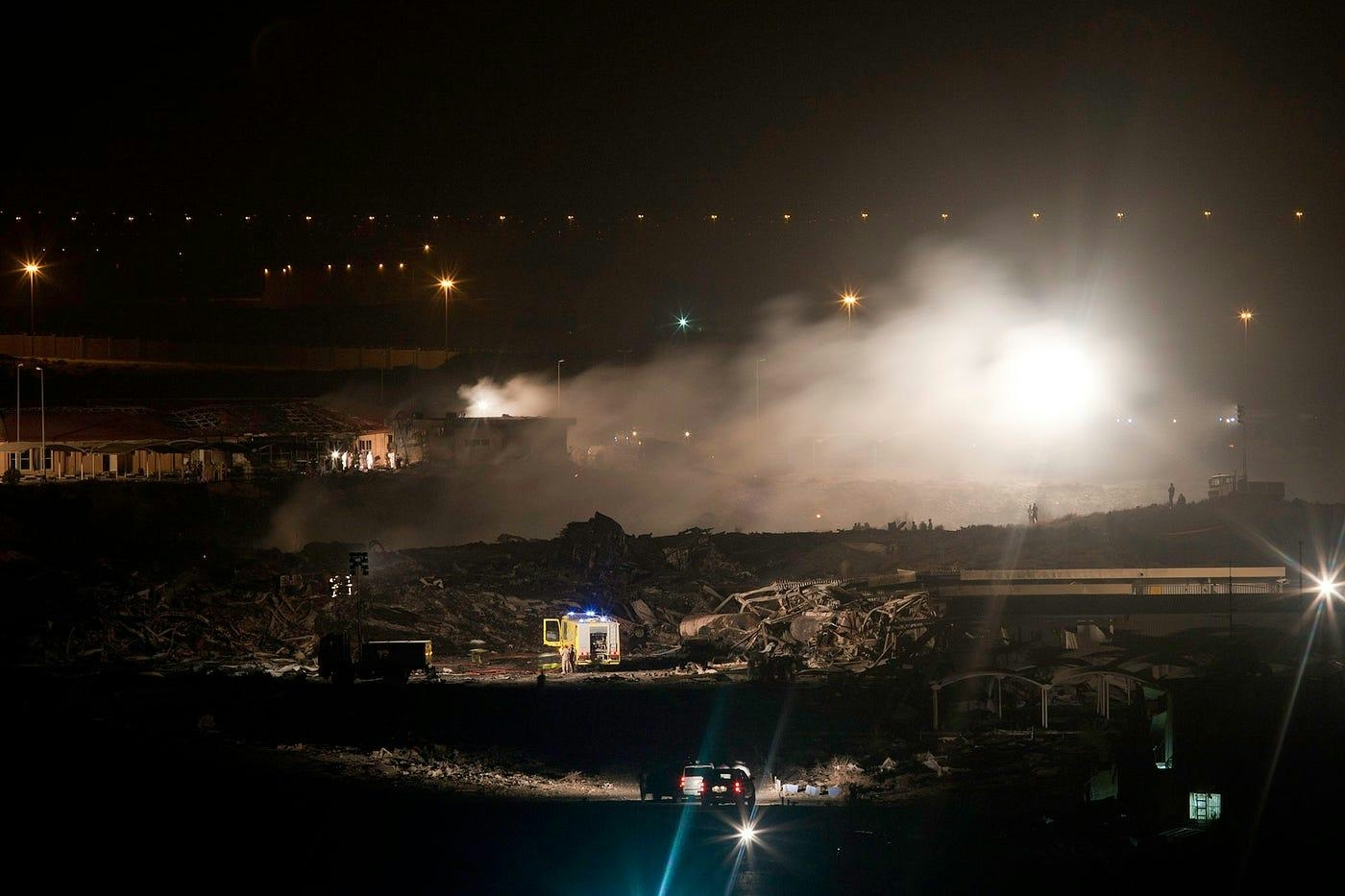
Report: 747 Engine at Full Throttle During Fatal Hong Kong Runway Excursion
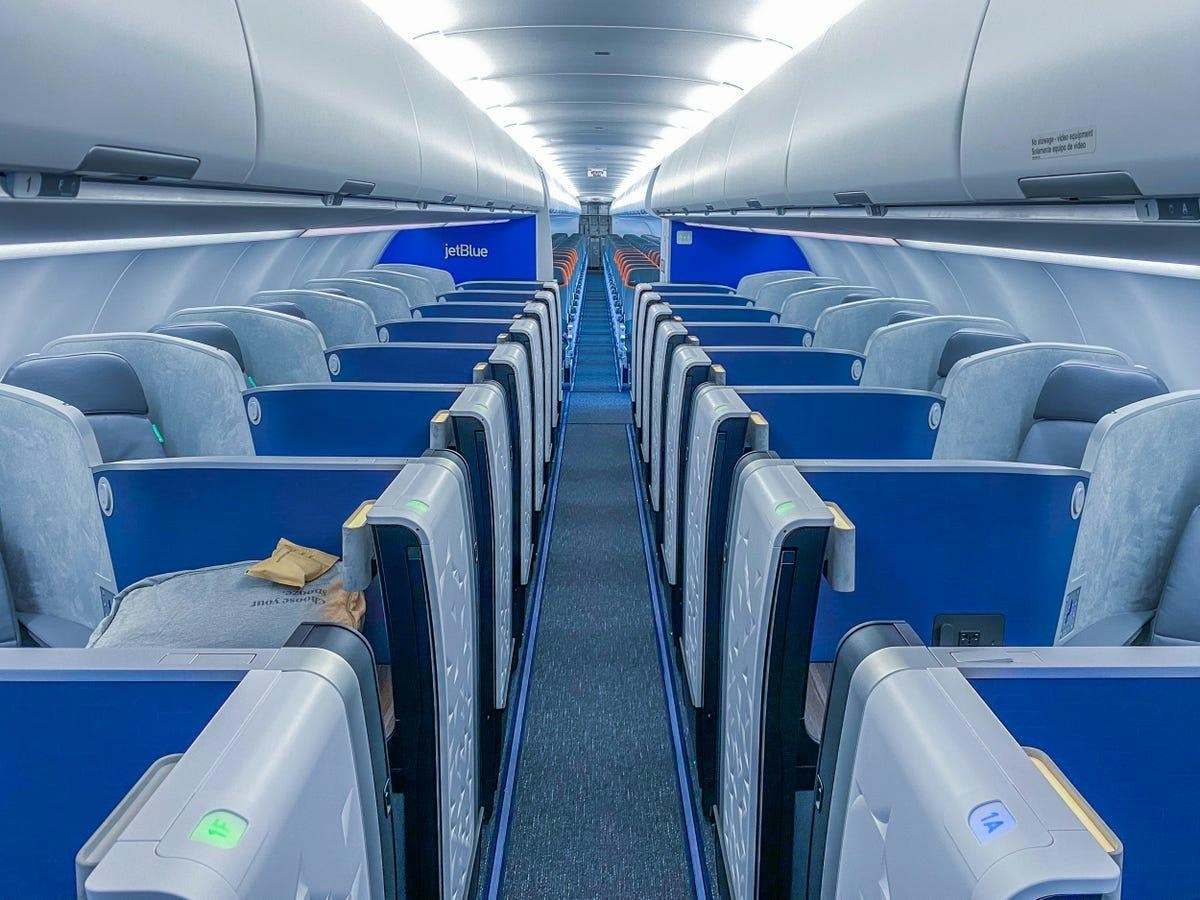
Airlines Shift From Widebody to Narrowbody Aircraft on Long-Haul Routes
